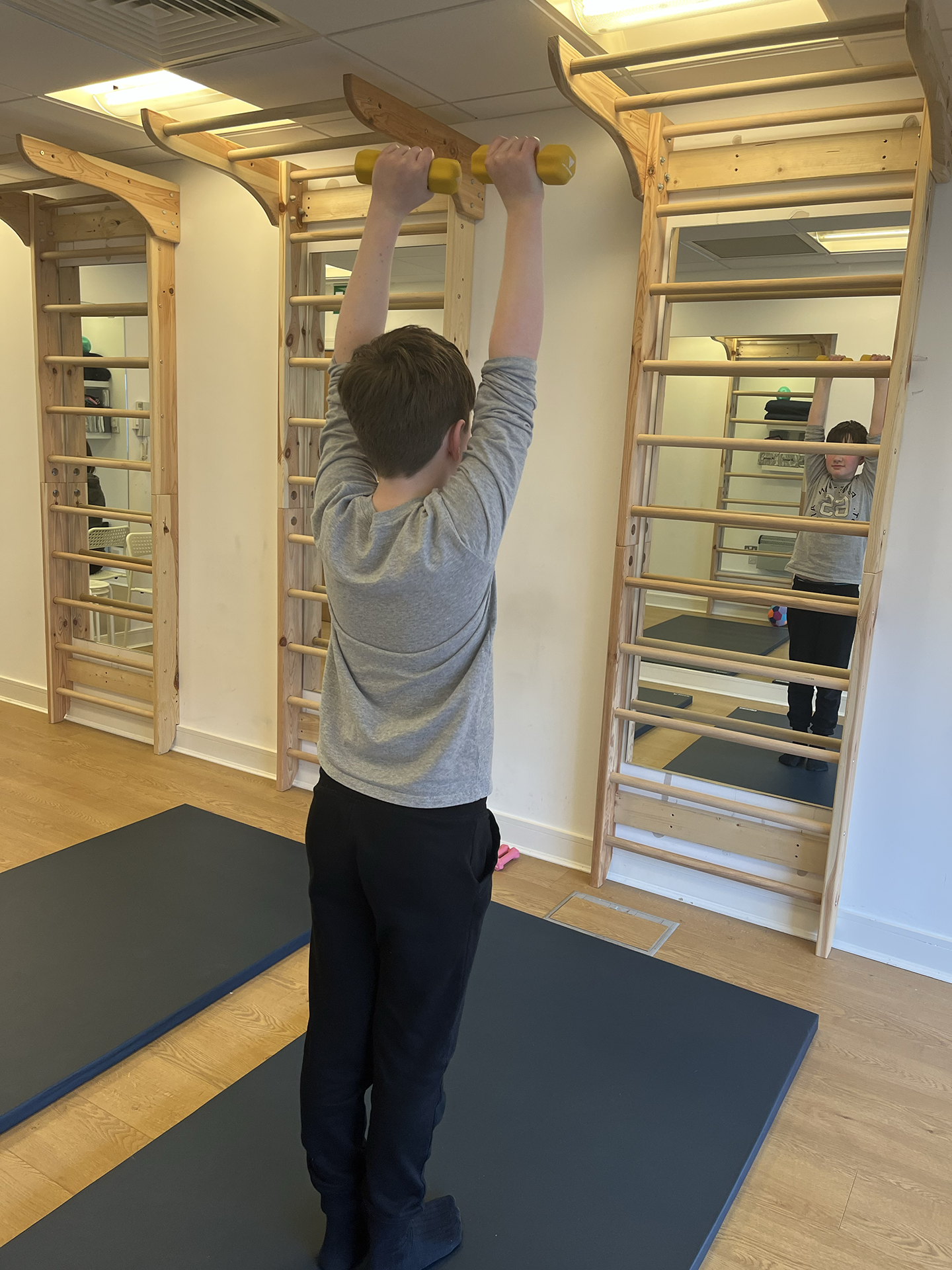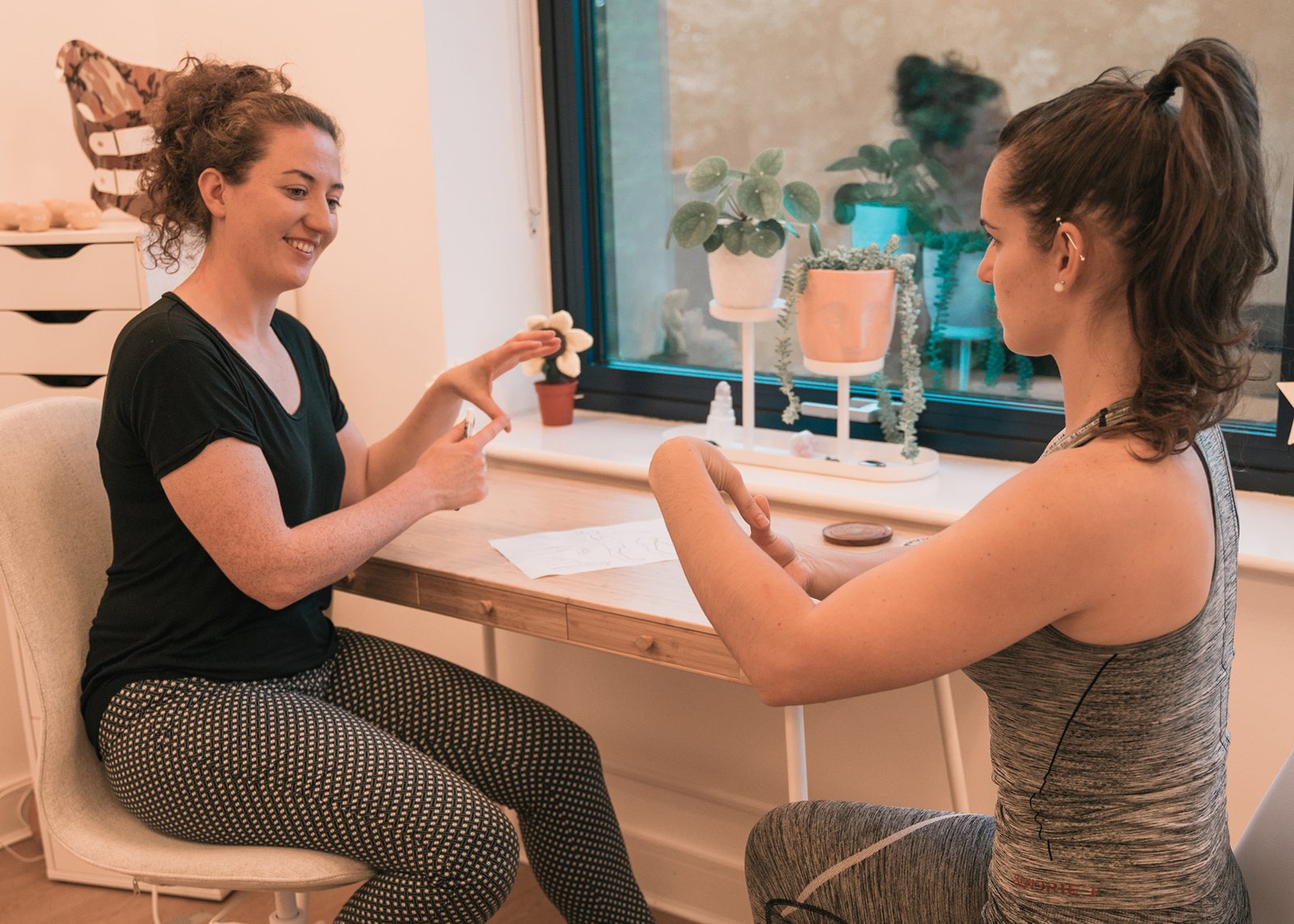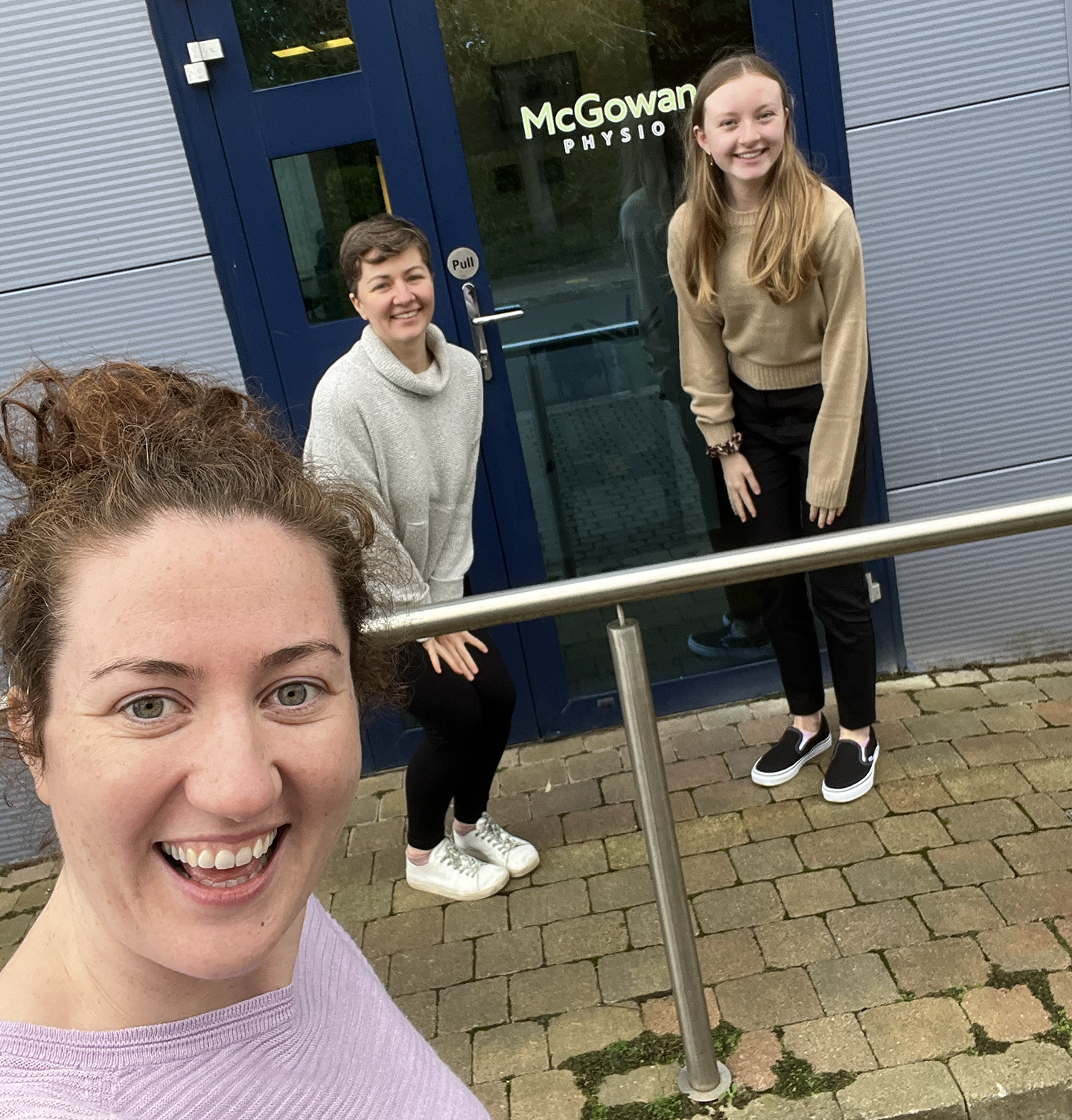Collagen is a protein that makes up most of the fascia and soft tissues, like tendons, ligaments and muscles. It is also the main structure of the gut lining, the walls of arteries and the skin. As there is a difference in collagen in hypermobile people, they can have an excessive range of motion in the joints (basically they have extra flexible joints), which can cause pain and weakness, which can lead to excess injuries. In comparison to a person who is not hypermobile. Hypermobile people are also more likely to suffer from anxiety, digestive problems, fatigue, bone density problems and other health problems.



